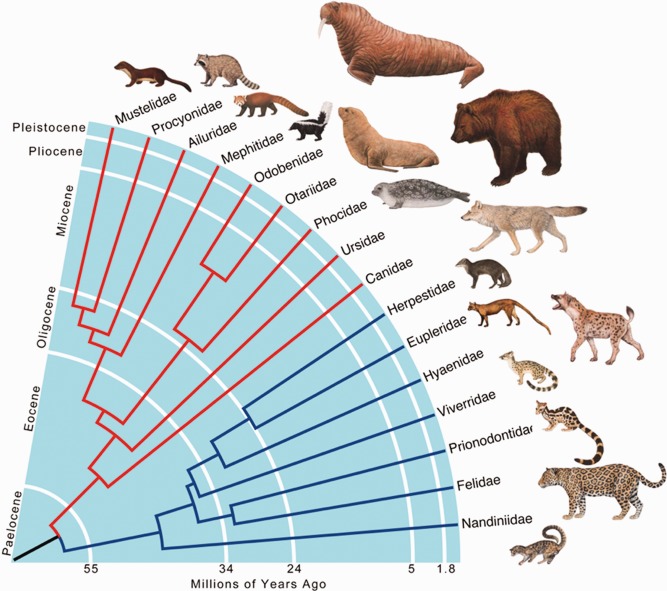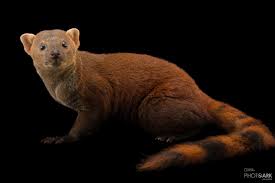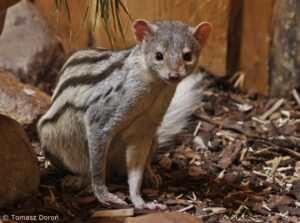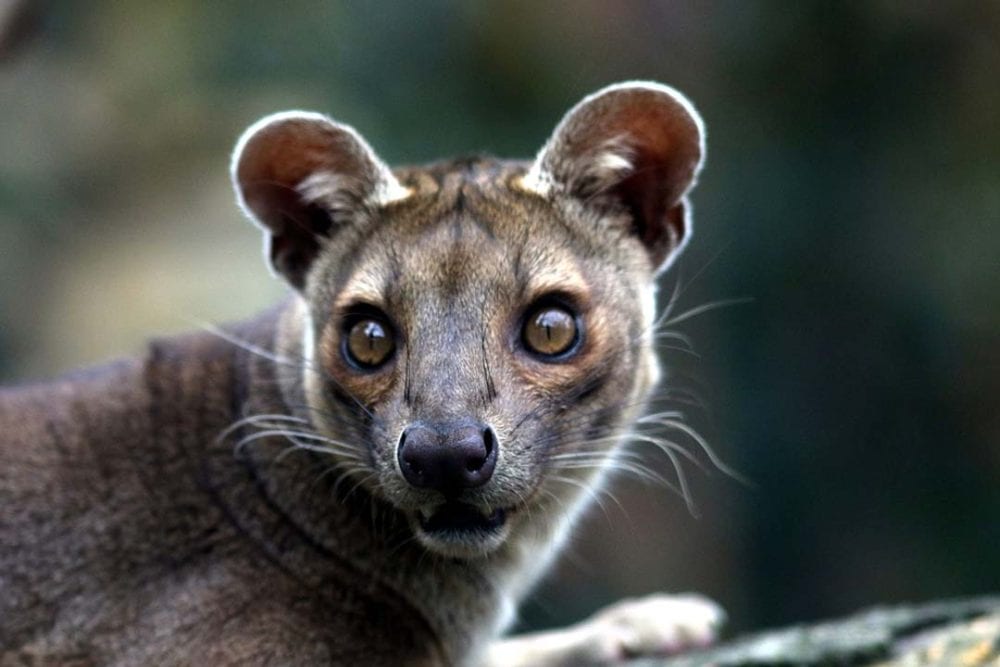Carnivores of Madagascar
If you decide to travel to the beautiful island of Madagascar, your list of things to worry about might include: losing your luggage, the 14-hour flight from Paris, or having enough time to see all of the amazing places the country has to offer. One thing you don’t need to worry about? Dangerous wildlife. Though Madagascar is bursting with biodiversity and boasts some of the world’s most beautiful and rare species, there aren’t very many carnivores on the island—and certainly none large enough to warrant any worrying…unless, of course, you’re a lemur.
There are ten species of carnivores on Madagascar, and they all belong to one family called Eupleridae which is divided into two subfamilies: Galidiinae and Euplerinae. The Galidiinae are the more mongoose-like group, while Euplerinae has a wider diversity of body forms. The carnivores of Madagascar share a distant ancestor with the mongoose family (Herpestidae), so there are many similar characteristics between the groups. Some members of the Euplerinae family were previously classified in the same family as civets and binturongs, and some were even placed in the felid or cat family! In 2003, genetic studies done by Anne Yoder (a former Duke Lemur Center Director!) reclassified these carnivores into their own clade. This study also suggested that Eupleridae came to Madagascar around 20 million years ago, about 40 million years after lemurs are estimated to have arrived on the island.

This phylogenetic tree shows how Eupleridae is closely related to the mongoose family.
It’s easy to see why the carnivores of Madagascar were long thought to be related mongooses or civets. Most of the ten species are even have mongoose or civet in their name! The Galidiinae subfamily includes the ring-tailed vontsira, the broad-striped Malagasy mongoose, Grandidier’s mongoose, the narrow-striped mongoose, Durrell’s vontsira, and the brown-tailed mongoose. The Euplerinae subfamily is much more cat-like, containing the Malagasy civet, the Eastern and the Western fanalouc, and the fossa. All of these species are generally small, and have long, lithe bodies with pointed noses and thick tails.

A ring-tailed mongoose (not a mongoose!)

A Malagasy civet (not a civet!)

Grandidier’s vontsira
The fossa is the largest of Madagascar’s carnivores, weighing in at about 15 pounds and stretching 2-3 feet long, not counting the tail. Though this creature may not seem very intimidating, being not much larger than your average beagle, the fossa’s diet consists of over 500 different vertebrate species in the humid forests where it makes its home. Fossa are cathemeral, meaning that they can switch between nocturnal and diurnal activity, just like many lemur species can. While opportunistic, the fossa is specialized in the hunting of lemurs, which make up over 50% of its diet on average. Not only do fossa have impressive canine teeth, they also have semi-retractable claws and highly flexible ankles, giving them the ability to climb and leap in the trees almost as well as lemurs do. Interestingly, many of the fossa’s characteristics are very cat-like, though they are not related to other cat species at all. This is a perfect example of convergent evolution, in which similar traits evolve in unrelated species based on environmental pressures.

The fossa is the largest carnivore in Madagascar.
Because the fossa’s diet is so heavily dependent on lemurs, they are heavily impacted by both the loss of their forest habitats, and by the decreasing population of the animals that make up their main prey source. Deforestation and habitat fragmentation in Madagascar has driven many of the island’s carnivores to endangered status, including the fossa. Efforts to study carnivore populations in Madagascar are increasing (including one study by DLC Education Department alum Patrick Ross), and all point to the need for larger undisturbed forest areas, wildlife corridors, and further research into these strange and wonderful carnivores.
Sources:
Clare E. Hawkins, Paul A. Racey, Food Habits of an Endangered Carnivore,Cryptoprocta Ferox, in the Dry Deciduous Forests of Western Madagascar, Journal of Mammalogy, Volume 89, Issue 1, 19 February 2008, Pages 64–74, https://doi.org/10.1644/06-MAMM-A-366.1
Hawkins, C., & Racey, P. (2005). Low population density of a tropical forest carnivore, Cryptoprocta ferox: Implications for protected area management. Oryx, 39(1), 35-43. doi:10.1017/S0030605305000074
Taylor, Michael C. Niche differentiation among malagasy carnivorans: An analysis of evolution in a spatiotemporally isolated carnivoran clade (Eupleridae: carnivora). Northern Illinois University, 2016.
Veron, Géraldine, et al. “New insights into the systematics of Malagasy mongoose‐like carnivorans (Carnivora, Eupleridae, Galidiinae) based on mitochondrial and nuclear DNA sequences.” Journal of Zoological Systematics and Evolutionary Research 55.3 (2017): 250-264.
Yoder, Anne D., et al. “Single origin of Malagasy Carnivora from an African ancestor.” Nature 421.6924 (2003): 734-737.

